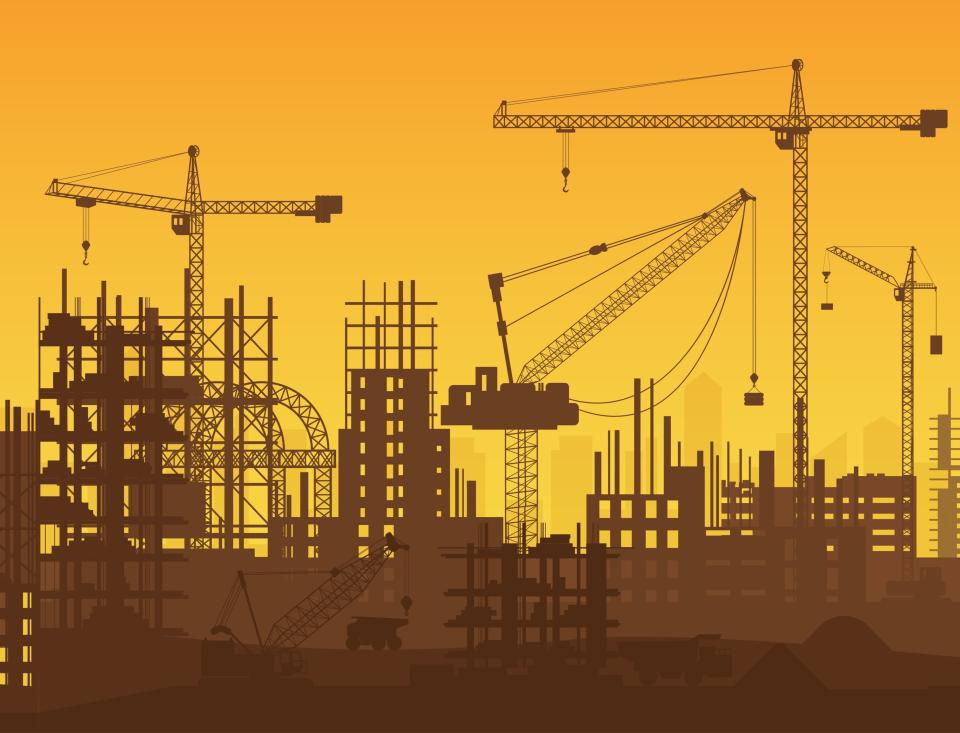The new Procurement of Low Carbon Construction Materials credit for LEED v4.1 will be supported by a free pioneering online tool, The Embodied Carbon in Construction Calculator (EC3), to assess embodied carbon in construction materials using third-party data from dozens of industry partners as well as comparisons from thousands of Environmental Product Declarations.
Jean-Pierre Pigeolet, Knauf Insulation’s Products and Buildings Sustainability Manager, said: “The pilot credit is still in a testing phase but is an exciting development for LEED, while the free EC3 tool, launched by industry group led by Skanska, is an important and generous initiative. Both should inspire specifiers to make informed choices about embodied carbon in buildings and that is good news for our urban environment and for the climate.”
‘Existential issue of climate change’ — President Obama
The pilot was announced at the world’s largest annual event for green building professionals, Greenbuild 2019 in Atlanta, where former U.S. President Barack Obama, described climate change as an existential issue.
“This is one of those issues where you can be too late,” he said. “At least within terms of human understanding and human time horizons, the effects can become irreversible.”
Reducing embodied carbon in buildings to tackle climate change is a major concern of the World Green Building Council which has called for ambitious zero-net targets by 2050 and is a key area of focus for Knauf Insulation where we are working to reduce the environmental impact of its products.

How Knauf Insulation is tackling emissions
In 2010 we set ourselves a target to reduce CO2 emissions by 20% by the year 2020. “This aim was achieved three years ahead of schedule and we are now building on this success with new plans for the 2020-2030 period,” Jean-Pierre said.
Recently we installed 6,000 photovoltaic panels at our Visé plant in Belgium, replaced lighting with low-energy LEDs at our plant in Cwmbran, UK, and working to have most of the raw materials delivered via waterway at our new plant in Illange, France.
Earlier this year Knauf Insulation was presented with the 2019 Leadership Award by the U.S. Green Building Council for its for outstanding contributions to sustainable building by “providing solutions that both reduce energy consumption and save resources to positively affect the lives of people today and tomorrow.”
Most our insulation products come with Environmental Product Declarations which identify their environmental impact from the cradle to the grave and play a vital role in many Green Building Rating Schemes.
Up to 80% recycled glass
“We are also increasing our external recycled glass content use,” said Jean-Pierre. “For every 10% of recycled glass in our raw materials we reduce our furnace energy use by 3% and related CO2 emissions.
“Our Glass Mineral Wool contains up to 80% recycled content and, in the UK for example, we have been working with resource management company Veolia to create a facility that gives a new lease of life to over 60,000 tonnes of used household glass every year.”
Photo credit: USGBC






